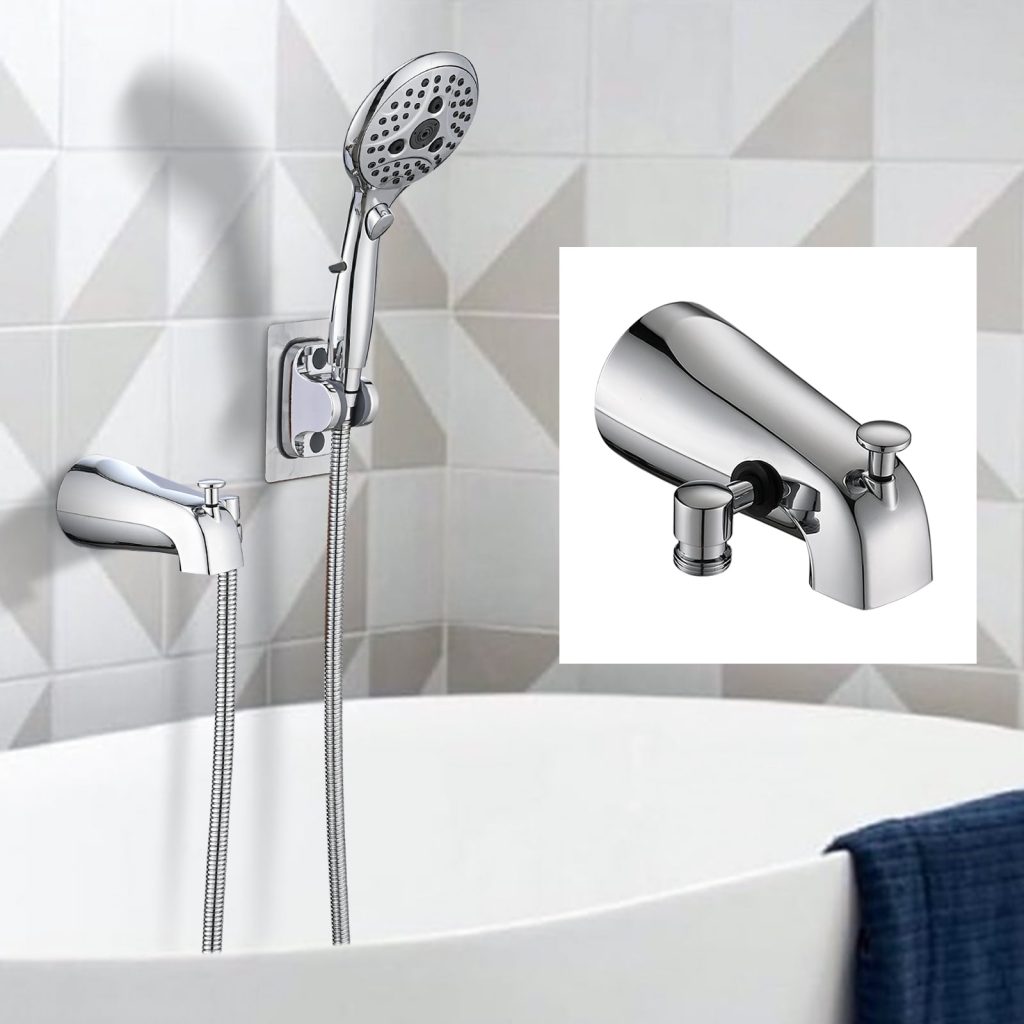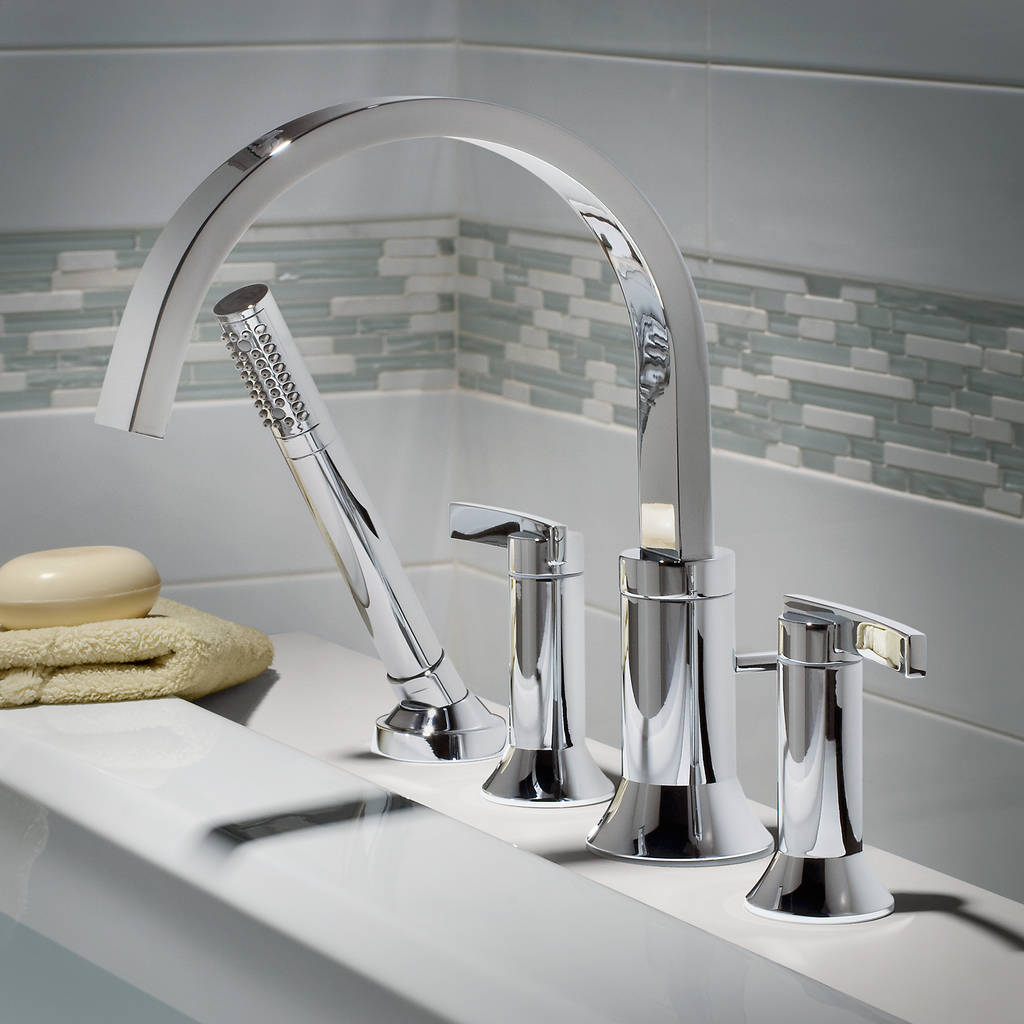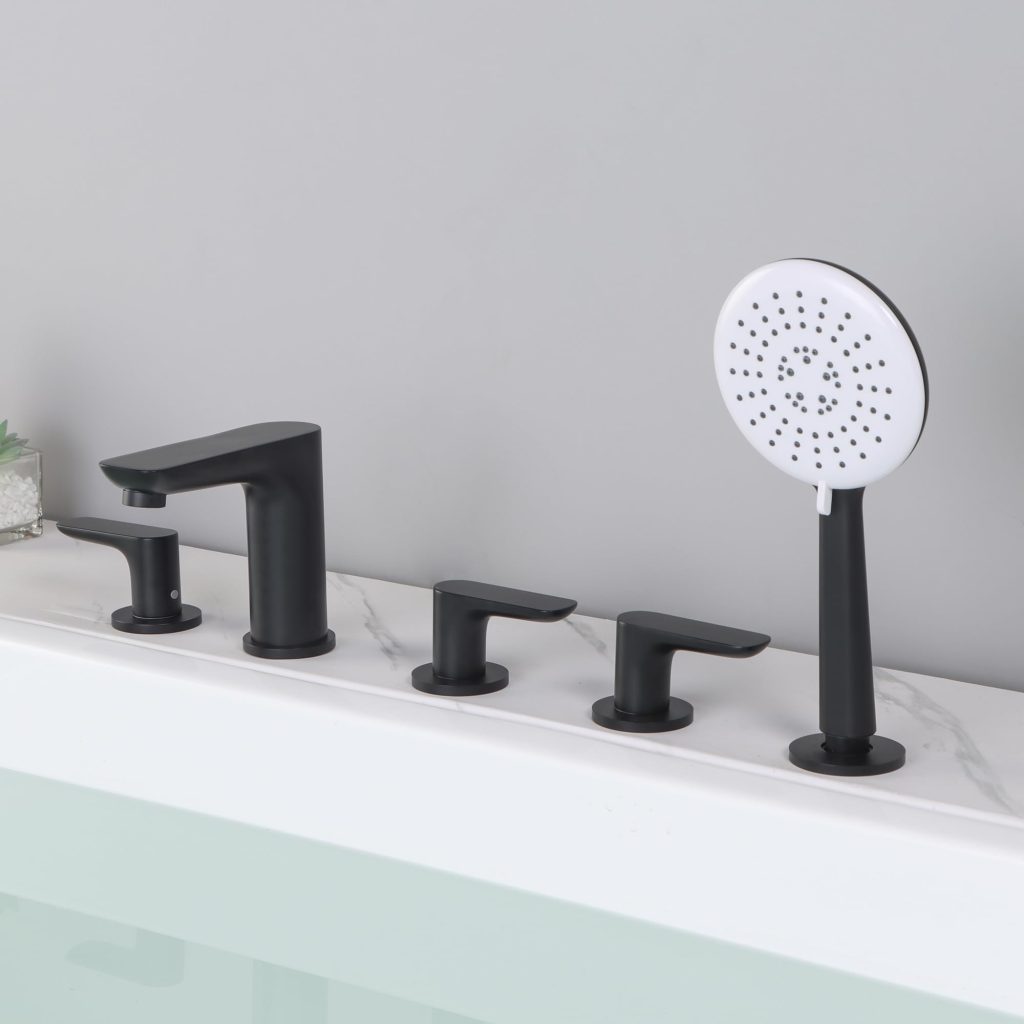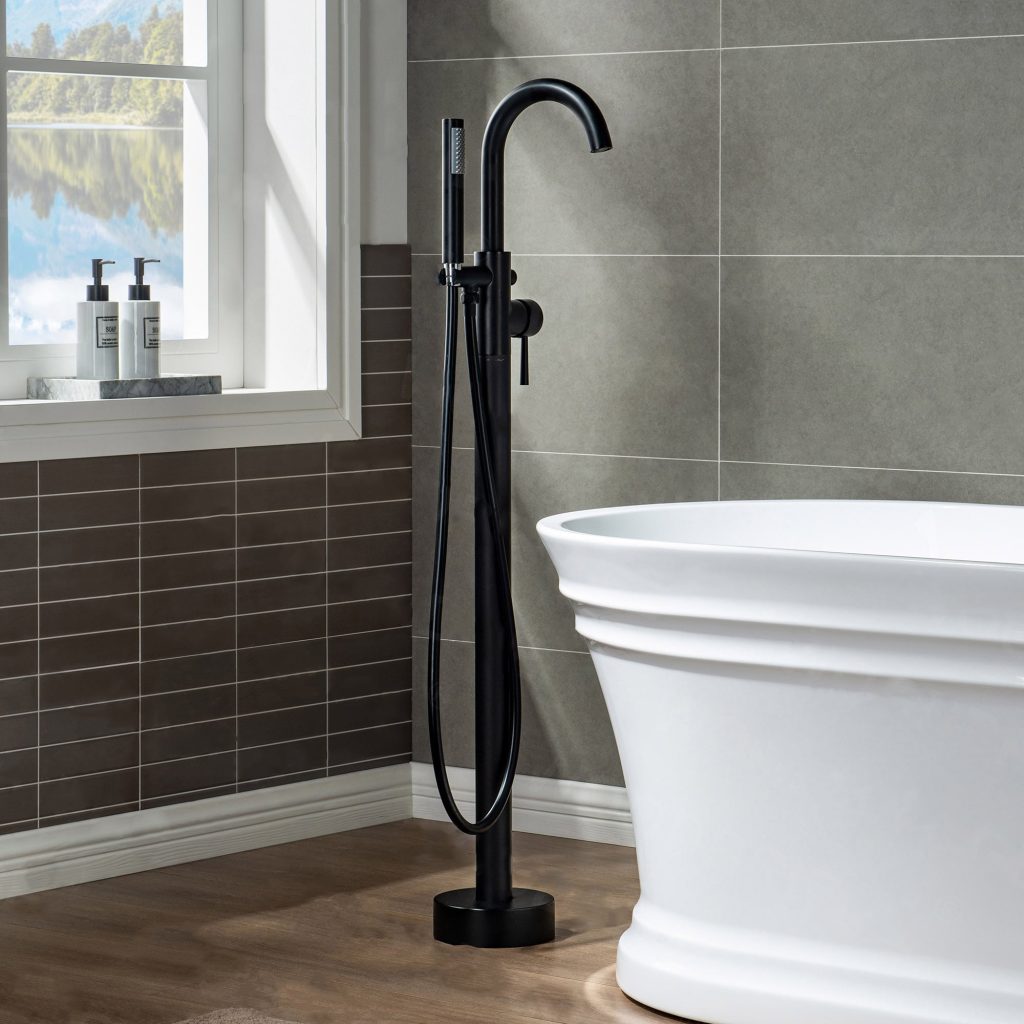Bathroom tub faucets leaking can be a frustrating problem to deal with. Not only does it waste water and increase your water bill, but it can also cause damage to your tub and surrounding areas if not addressed promptly. Fortunately, fixing a leaking tub faucet is a relatively simple task that can be completed with just a few basic tools and some patience. In this guide, we will discuss the steps to repair a leaking bathroom tub faucet, as well as provide some useful tips for troubleshooting common issues.

Identify the Type of Faucet
Before you begin the repair process, it’s important to first identify the type of faucet you have. There are generally three common types of bathroom tub faucets: compression, cartridge, and ceramic disk. Each type requires a slightly different approach to repair, so it’s essential to know which one you have before proceeding.
Compression Faucet Repair
If you have a compression faucet, which is the oldest and simplest type of faucet, you’ll need to start by turning off the water supply to the faucet. This can usually be done at the main shut-off valve for your home. Once the water is turned off, remove the decorative cap on the faucet handle and then unscrew the handle using a screwdriver or a wrench. This will expose the valve stem, which you can then remove by unscrewing it from the faucet body.
Inspect the valve seat for any signs of wear or corrosion, as this can often be the cause of a leaking compression faucet. If the seat is damaged, it will need to be replaced using a seat wrench. You can also replace the rubber washer, O-ring, and any other worn parts while you have the faucet disassembled. Once everything has been replaced, reassemble the faucet and turn the water supply back on to check for leaks.
Cartridge Faucet Repair
If you have a cartridge faucet, which is a more modern and popular type of faucet, the repair process will be slightly different. As with the compression faucet, start by turning off the water supply and removing the handle to access the cartridge. You’ll then need to remove the retaining nut or clip that holds the cartridge in place before pulling it out of the faucet body.
Inspect the cartridge for any signs of wear or damage, such as a worn-out O-ring or gasket. If you notice any issues, it’s best to replace the entire cartridge rather than trying to repair individual components. Once the new cartridge is in place, reassemble the faucet and turn the water supply back on to check for leaks.
Ceramic Disk Faucet Repair
If you have a ceramic disk faucet, which is the most modern and durable type of faucet, the repair process will be similar to that of a cartridge faucet. However, instead of a cartridge, the faucet will have two ceramic disks that control the flow of water. To repair a leaking ceramic disk faucet, start by turning off the water supply and removing the handle to access the disks. Inspect the disks for any signs of wear or damage, and replace them if necessary. Once the new disks are in place, reassemble the faucet and turn the water supply back on to check for leaks.

Common Issues and Troubleshooting
In addition to the specific repair process for each type of faucet, there are also some common issues that can cause a bathroom tub faucet to leak. These issues can often be easily resolved with some basic troubleshooting. Here are a few common problems and their potential solutions:
Loose or worn-out parts:
If any of the faucet’s components are loose or worn out, they can cause leaks. Check all of the parts, including the handle, valve stem, cartridge, and disks, and tighten or replace any that are loose or damage.
Mineral deposits:
Over time, mineral deposits can build up inside the faucet and cause leaks. To remove these deposits, soak the faucet components in vinegar for several hours and then scrub them with a brush or cloth.
Improper installation:
If the faucet was not install correctly, it can cause leaks. Make sure that all of the components are properly aligned and tighten, and that the water supply lines are connect securely.
Causes of bathroom tub faucets leaking
Bathroom tub faucets are essential fixtures in every household, allowing us to control the flow and temperature of the water. However, over time, these faucets can develop leaks, causing water wastage and potential damage to your bathroom. Understanding the causes of bathroom tub faucet leaks can help you address the issue and prevent further damage.
Old and Worn Out Washers
One of the most common reasons for bathroom tub faucet leaks is old and worn-out washers. Washers are rubber or silicone seals that prevent water from leaking out of the faucet when it is turn off. Over time, these washers can become damage or worn out, leading to leaks. If you notice water dripping from the faucet when it is turn off, it is likely that the washers need to be replace.
Loose Parts
Another common cause of bathroom tub faucet leaks is loose parts. The constant use of the faucet can cause screws, nuts, and other parts to become loose, leading to leaks. If you notice water leaking from the base of the faucet or around the handles, it could be due to loose parts. Tightening the screws and nuts can often solve this issue and prevent further leaks.
Corrosion
Corrosion can also cause bathroom tub faucet leaks. Over time, the metal components of the faucet can become corroder, leading to cracks and leaks. Corrosion is often cause by exposure to moisture and can be accelerate in areas with hard water. If you notice rust or discoloration on your faucet, it is likely that corrosion is the cause of the leaks. In this case, it may be necessary to replace the corroded parts of the faucet to stop the leaks.
Worn Out O Rings
O rings are another type of seal use in bathroom tub faucets to prevent leaks. Over time, these O rings can become worn out or damage, leading to leaks. If you notice water leaking from the spout or handle of the sink faucets, it could be due to worn-out O rings. Replacing the O rings can often solve this issue and prevent further leaks.

Improper Installation
Improper installation of the faucet can also cause leaks. If the faucet was not install correctly or if the components were not align properly, it could lead to leaks. In some cases, the leaks may not become apparent until some time after the installation. If you suspect that the leaks are due to improper installation, it may be necessary to re-install the faucet correctly to prevent further leaks.
Conclusion
A leaking bathroom tub faucet can be a hassle, but it’s a problem that can usually be resolve with some basic tools and know-how. By identifying the type of faucet you have and following the appropriate repair process, you can fix the issue and prevent further water waste and damage. If you’re unsure of how to procee or if the leak persists after attempting to repair it, don’t hesitate to contact a professional plumber for assistance. With the right approach, you can have your bathroom tub faucet working properly and leak-free in no time.

